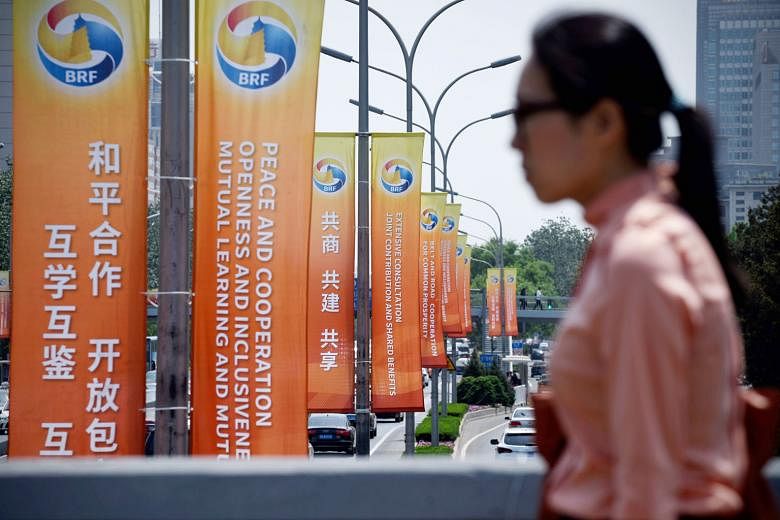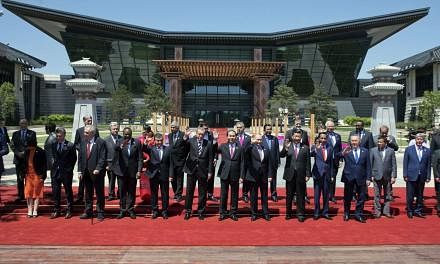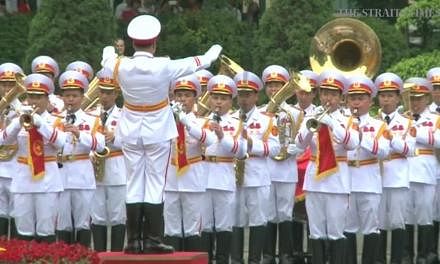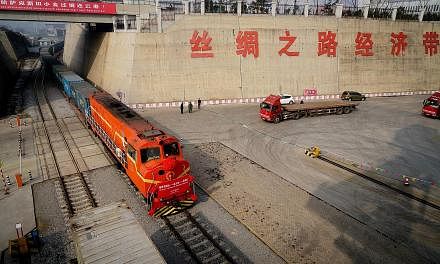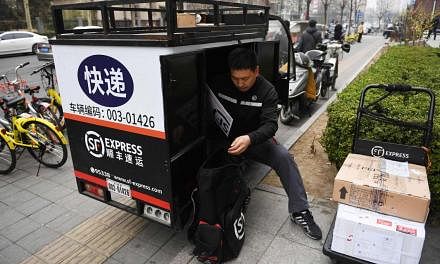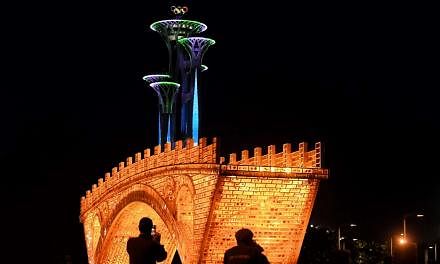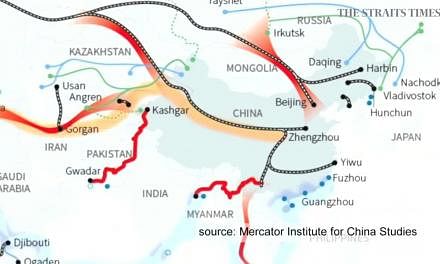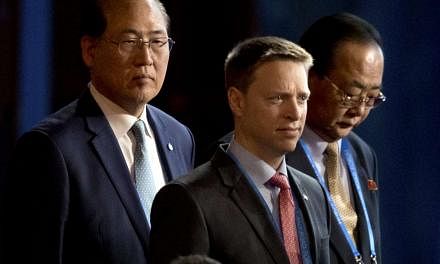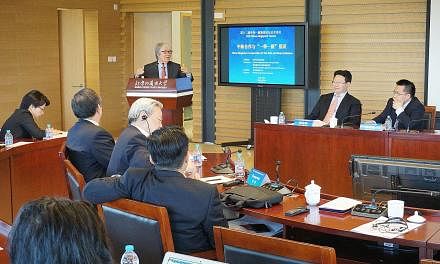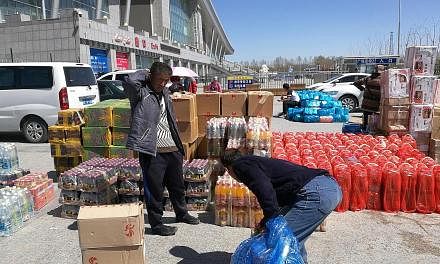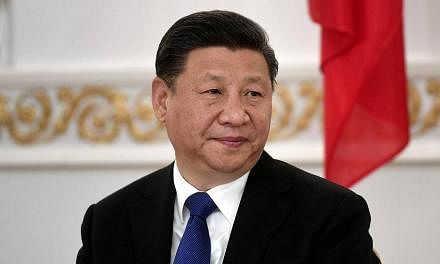The old Silk Road underpinned China's golden age more than 1,000 years ago, when the Tang Dynasty's territorial expansion, cultural supremacy and economic power - with 58 per cent of global gross domestic product - were at their zenith.
This month, Beijing hosts a lavish international conference to showcase President Xi Jinping's One Belt, One Road initiative, an ambitious project intended to recreate the Silk Road.
But five or 10 years from now, will this month's event be remembered as a step in the next stage of globalising China's economy, or as a huge white elephant that left an enormous amount of wasted resources strewn along its path?
Though the new Silk Road initiative was announced nearly four years ago, and is President Xi's pet foreign policy project, it is still unclear what it actually amounts to. Beijing says it will involve major investments in infrastructure in Asia and beyond - expanding trade and investment along a new land route extending as far as Europe and through a maritime route all the way to the Middle East and the Mediterranean.
On the face of it, this is inspiring. Asia's infrastructure funding needs are vast. Forging closer links across the region can promote faster growth and economic integration. Beijing is keen to fend off terrorism in some neighbouring Islamic countries, hoping that increased trade and investment will create jobs and stability.
However, to date, it is unfortunately less of a practical plan for investment than a broad political vision. In the face of downward pressure on the yuan, the initiative has been hijacked by Chinese companies, which have used it as an excuse to evade capital controls, smuggling money out of the country by disguising it as international investments and partnerships. And as well as backing worthwhile projects such as Pakistani ports and Central Asian railway stations, the initiative has provided cover for the acquisition of less productive and often trophy assets, such as European football clubs - Chinese tycoons have acquired about 100 of these to date.
Some Chinese officials argue that the new Silk Road can mop up chronic overcapacity in many of the country's industries by creating new opportunities to export their output. This is misguided.
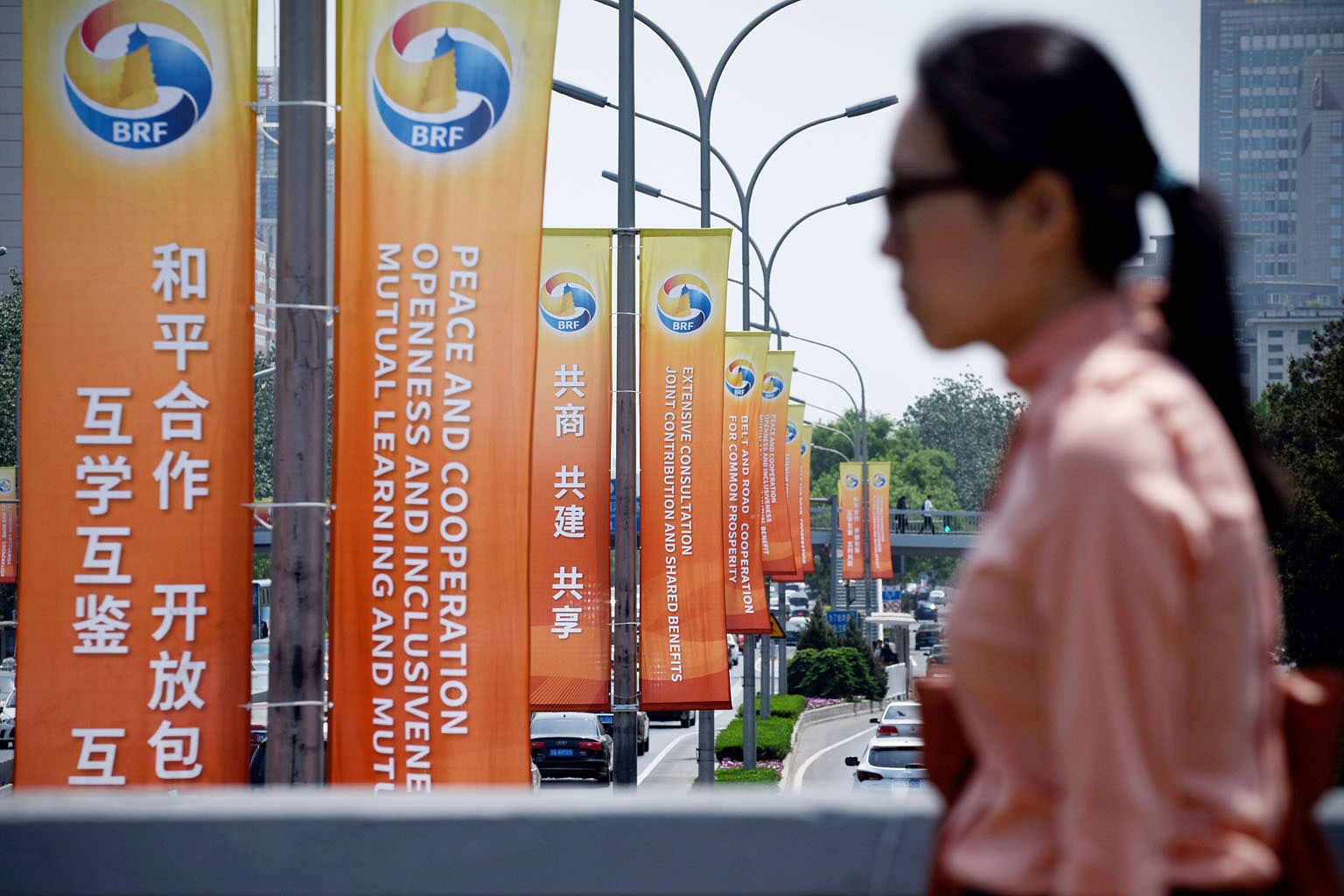
Overcapacity in industries such as steel is far too big for neighbouring markets to absorb more than a fraction of it; products such as cement and glass cannot be economically exported over any great distance; and in unstable, high-risk markets such as Pakistan and the Central Asian republics, there is a danger that loans will turn sour and projects will fail.
The planned rail link between central China and Europe, which is undergoing trials, highlights the challenges: Five trains full of cargo leave Chongqing for Germany every week, but only one full train returns. Yet trade must flow in both directions to make the new trading routes both economically viable and politically acceptable to the foreign countries through which it will pass.
European business would like to see One Belt, One Road create more opportunities to do business in China. This is highlighted by the EU Chamber of Commerce in China's latest annual survey of members, which finds that regulatory barriers and limits to market access continue to be the top restraints that they experience.
Europe is open, buying €1 billion (S$1.5 billion) worth of goods from China every day. China, however, buys only half that amount from Europe. Last year, China invested four times more in Europe than EU companies invested in China. Investments in China by EU companies also sank by 23 per cent to only €8 billion last year.
This is not because European businesses do not invest abroad - last year, they invested about €200 billion in the US, for example. It is because, as a destination for foreign investment, China is punching far below its weight.
The grand political vision contained in the plans for the new Silk Road is no substitute for addressing the many day-to-day problems and obstacles that European businesses face in China. As the country aims to move up the technological value chain in a range of industries, these basic challenges hurt both China and European business alike.
So while European business supports the One Belt, One Road vision, companies are worried that in the next decade the initiative will instead be remembered as "One Belt, One Trap": a waste of resources that depends too heavily on lumbering and inefficient state-owned enterprises, when nimble Chinese entrepreneurs and EU private capital would do a far better job.
It is to be hoped that things won't turn out that way. In order to ensure they do not, the initiative should be reconsidered during this month's conference.
But when political diktats rather than market forces drive business decisions, the risks of disappointment are always high.
FINANCIAL TIMES
- The writer is president of the EU Chamber of Commerce in China.
